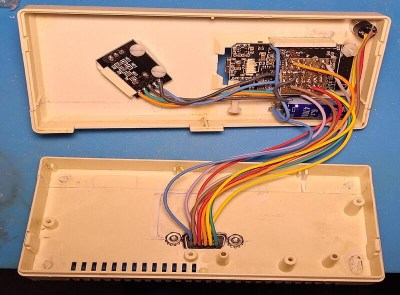We’re tremendously excited to be able to announce that the Hackaday Supercon is on for 2025, and will be taking place October 31st through November 2nd in Pasadena, California.
Supercon is about bringing the Hackaday community together to share our great ideas, big and small. So get to brainstorming, because we’d like to hear what you’ve been up to! Like last year, we’ll be featuring both longer and shorter talks, and hope to get a great mix of both first-time presenters and Hackaday luminaries. If you know someone you think should give a talk, point them here.
The Call for Participation form is online now, and you’ve got until July 3rd 10th to get yourself signed up.
Honestly, just the people that Supercon brings together is reason enough to attend, but then you throw in the talks, the badge-hacking, the food, and the miscellaneous shenanigans … it’s an event you really don’t want to miss. And as always, presenters get in for free, get their moment in the sun, and get warm vibes from the Hackaday audience. Get yourself signed up now!
We’ll have more news forthcoming in the next few weeks, including the start of ticket sales, so be sure to keep your eyes on Hackaday.




















